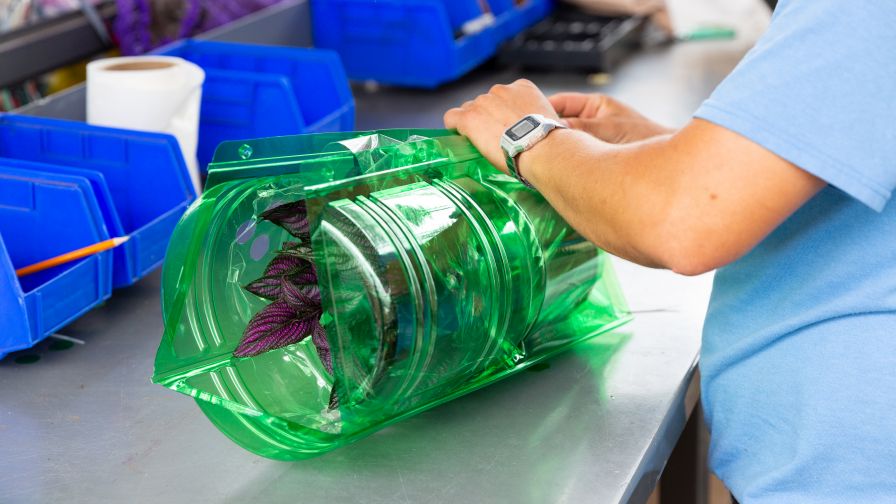
Flower plastic packaging application | Metrolina Greenhouses
The Packaging and Packaging Waste Regulation (PPWR) directive was approved by the European Parliament on April 24, 2024. However, it will not go into effect until it also passes through the European Council.
The regulation, which aims to make packaging in the European Union (EU) more sustainable and reduce packaging waste, targets and affects commercial, industrial, and household sectors of the market. The PPWR dictates what type of packaging can be placed within the EU market and sets new packaging waste management and prevention standards and measures.
According to the European Commission, the directive’s main objectives are to:
- Ensure the good functioning of the internal market
- Harmonize national measures on packaging and the management of packaging waste
- Provide a high level of environmental protection
However, additional goals and targets for the PPWR, such as recycling and material reuse guidelines, can be found listed on the European Commission and European Parliament websites.
The PPWR is part of the EU’s Green Deal, which is its strategy to achieve climate neutrality by 2050.
Therefore, the PPWR will have a noticeable and substantial impact on sectors engaged in business entirely within the EU, as well as those who partner with the EU either as importers or exporters. That, of course, also includes the floriculture sector.
The PPWR’s Impact on the Floriculture Industry
Considering the upcoming impacts of the PPWR directive, Royal FloraHolland recently launched an analysis of the legislation, which is expected to be finalized by late 2024 or early 2025, which leaves additional time for updates and amendments to the current policy.
Key features of the PPWR that will likely be retained, even in the event of changes, and will be applied from 2030 on include:
- All packaging must be recyclable.
- All packaging must have a label or QR code providing details of material composition.
- Packaging design must keep weight, volume, and number of material layers to a minimum.
- Plastic packaging must contain at least 35% recycled material.
- Preferences and minimum targets will be established for reusable packaging, such as multi-use transport packaging.
Additionally, the PPWR includes rules regarding bio-based and compostable packaging and labels.

